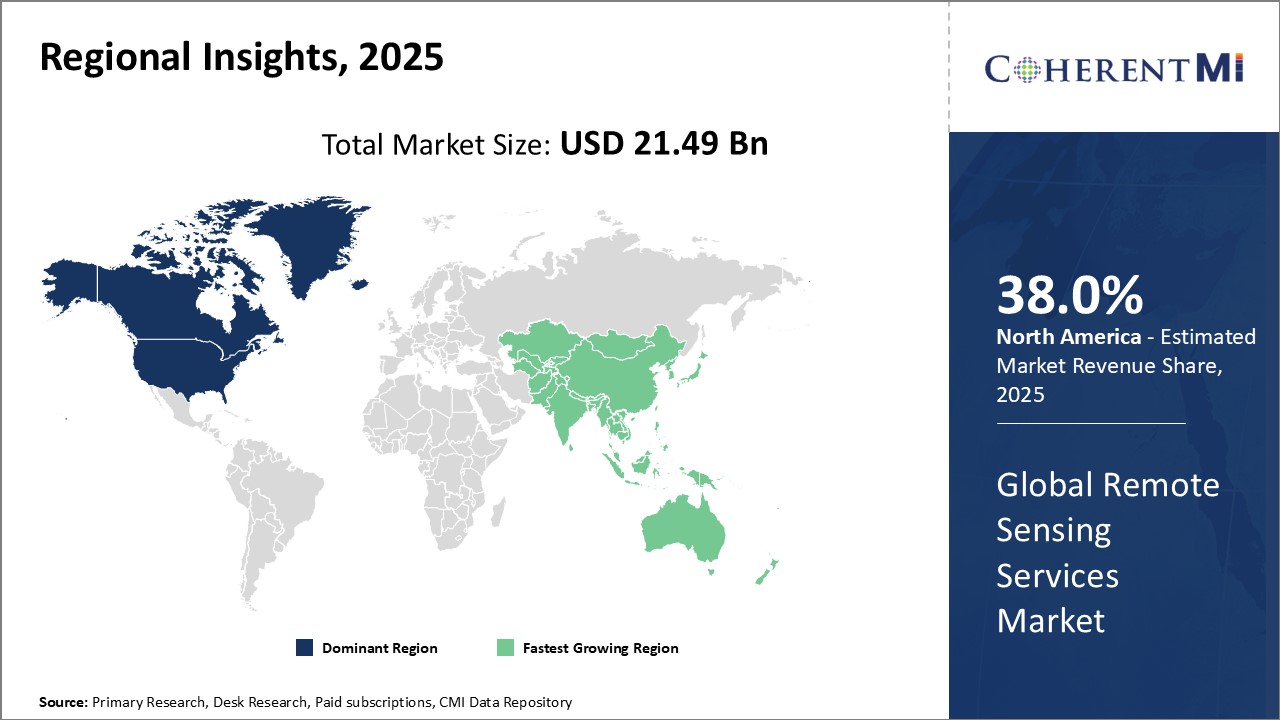Global Remote Sensing Services Market Trends

- Increasing demand for unmanned aerial vehicle (UAV) /drones for remote sensing: The demand for UAVs and drones integrated with remote sensors for mapping, surveying, and earth observation applications has seen significant growth. Drones provide on-demand and flexible data capture, with quick turnaround times. High resolution drone imagery and lidar data enables creation of accurate base maps, 3D site models, digital terrain models, and others. Logistics firms are using drones for last mile delivery navigation. Such rising adoption of drones for remote sensing is a key trend.
- Growing interest in small satellites: There is a growing interest in small satellites like cubesats and microsatellites to provide earth imaging capabilities at lower costs as compared to large legacy observation satellites. Companies like Satellogic, a company specializing in Earth-observation satellites, ICEYE, a Finnish microsatellite manufacturer, Capella Space, an American space company are deploying constellations of small SAR and optical satellites for near real-time earth observation. Their low costs enable faster refresh rates and deployments, supporting new capabilities. More competitors are likely to enter this small satellite remote sensing segment.
- Cloud computing and data analytics: The remote sensing field is increasingly adopting cloud computing, geospatial analytics, machine learning to process huge volumes of satellite data into actionable insights. Cloud delivers the storage and computational power to apply analytics at scale. Analytics helps classify terrain, detect map features, assess disasters, monitor climate change and others by processing multiple data sources. Cloud and analytics are disrupting traditional manual image analysis processes.
- Partnerships and platforms for data integration: There is a rise in strategic partnerships between geospatial data providers, satellite operators, analytics firms and end use industries to integrate data sources into platforms and solutions tailored to industry-specific use cases. For instance, miners are partnering with remote sensing firms to integrate geospatial and ground sensor data to identify new deposits. Such partnerships help integrate real-time and archival data from diverse sources into customizable decision support platforms.